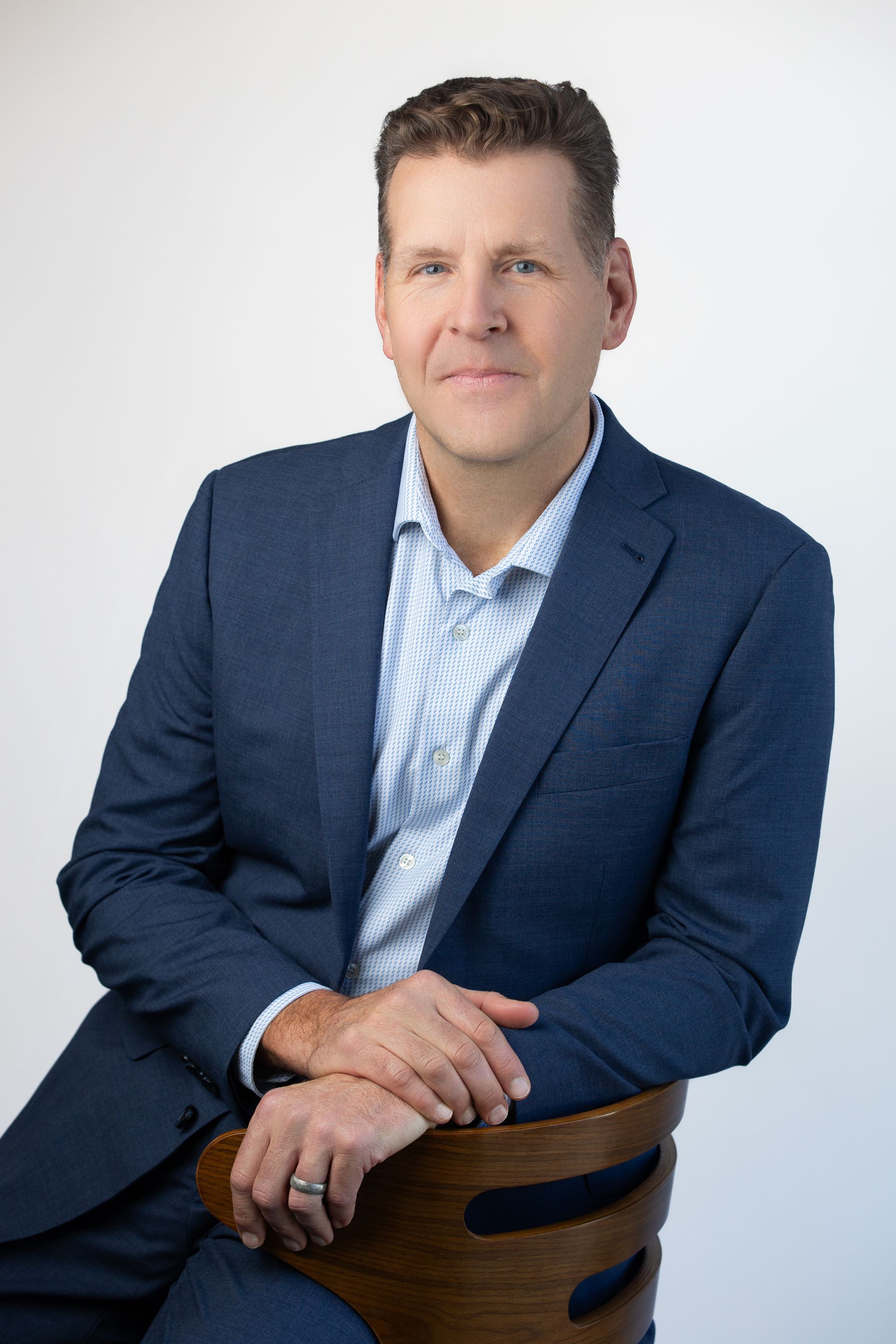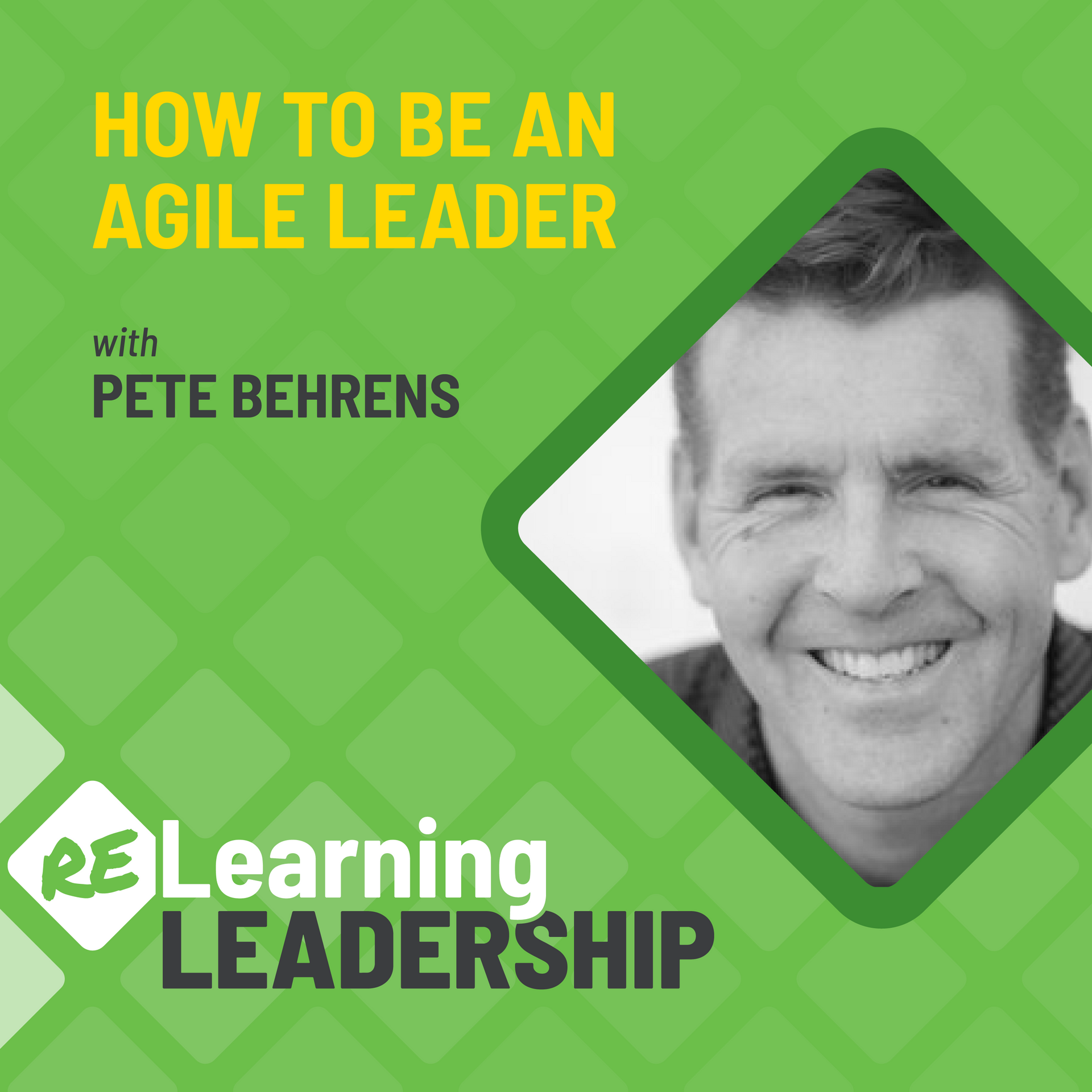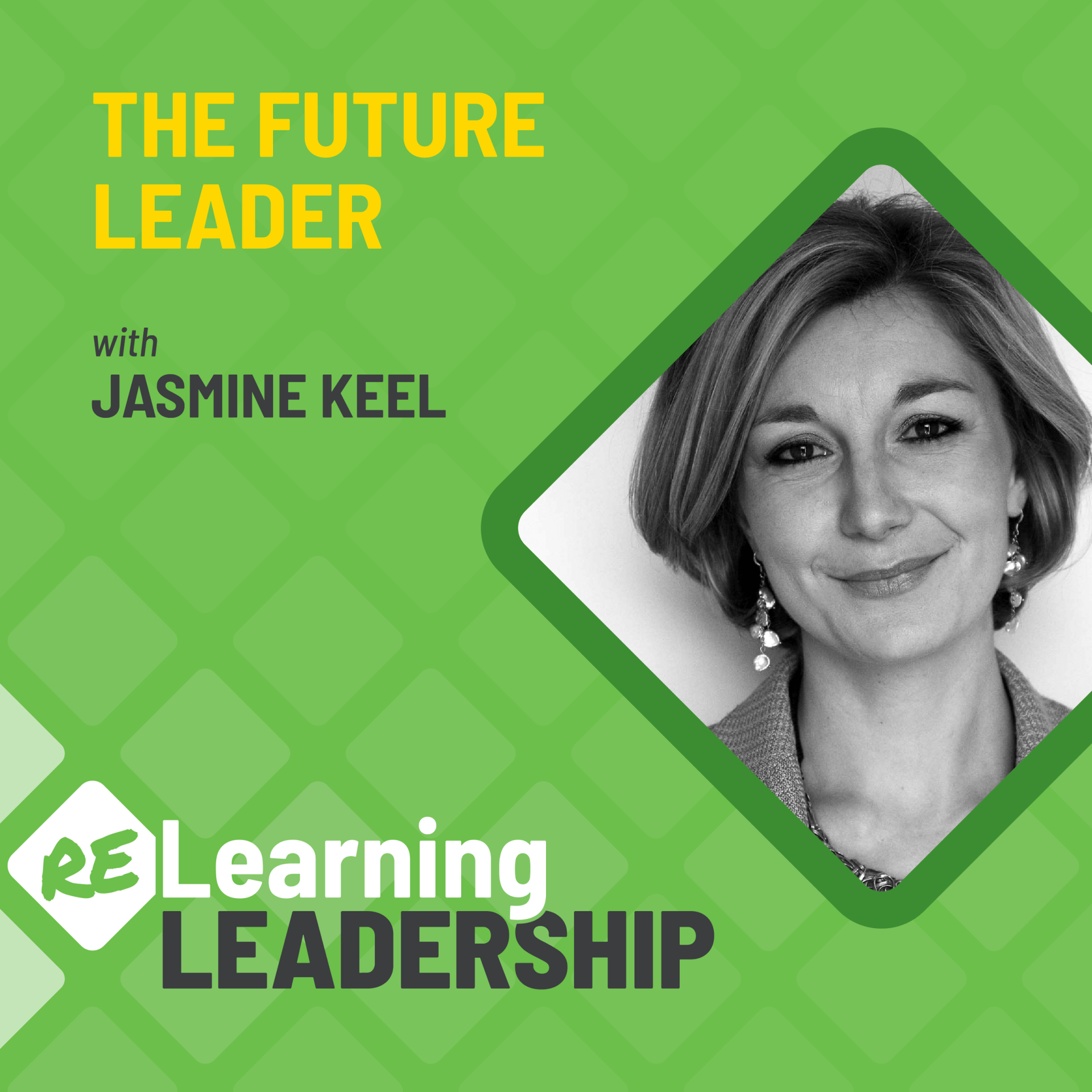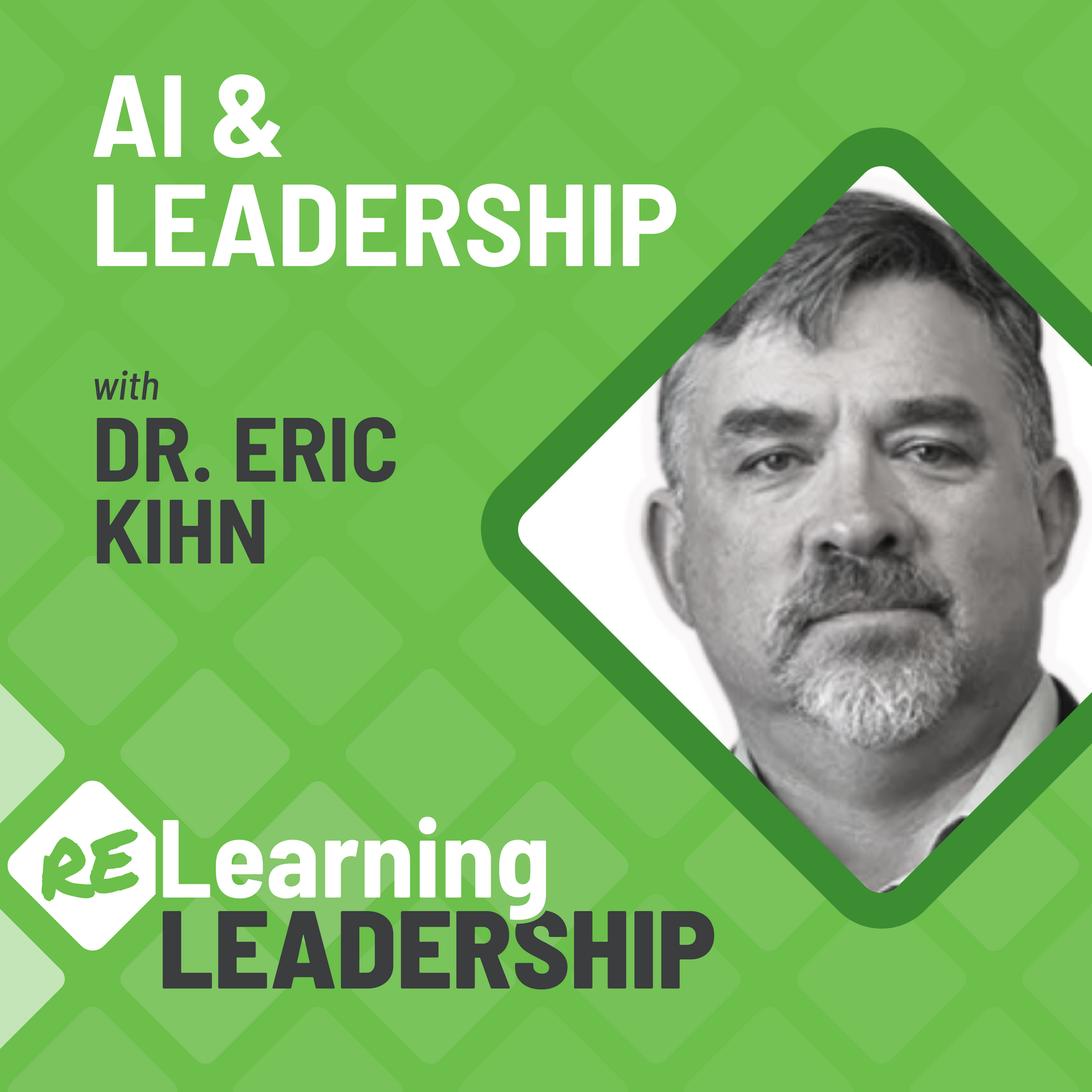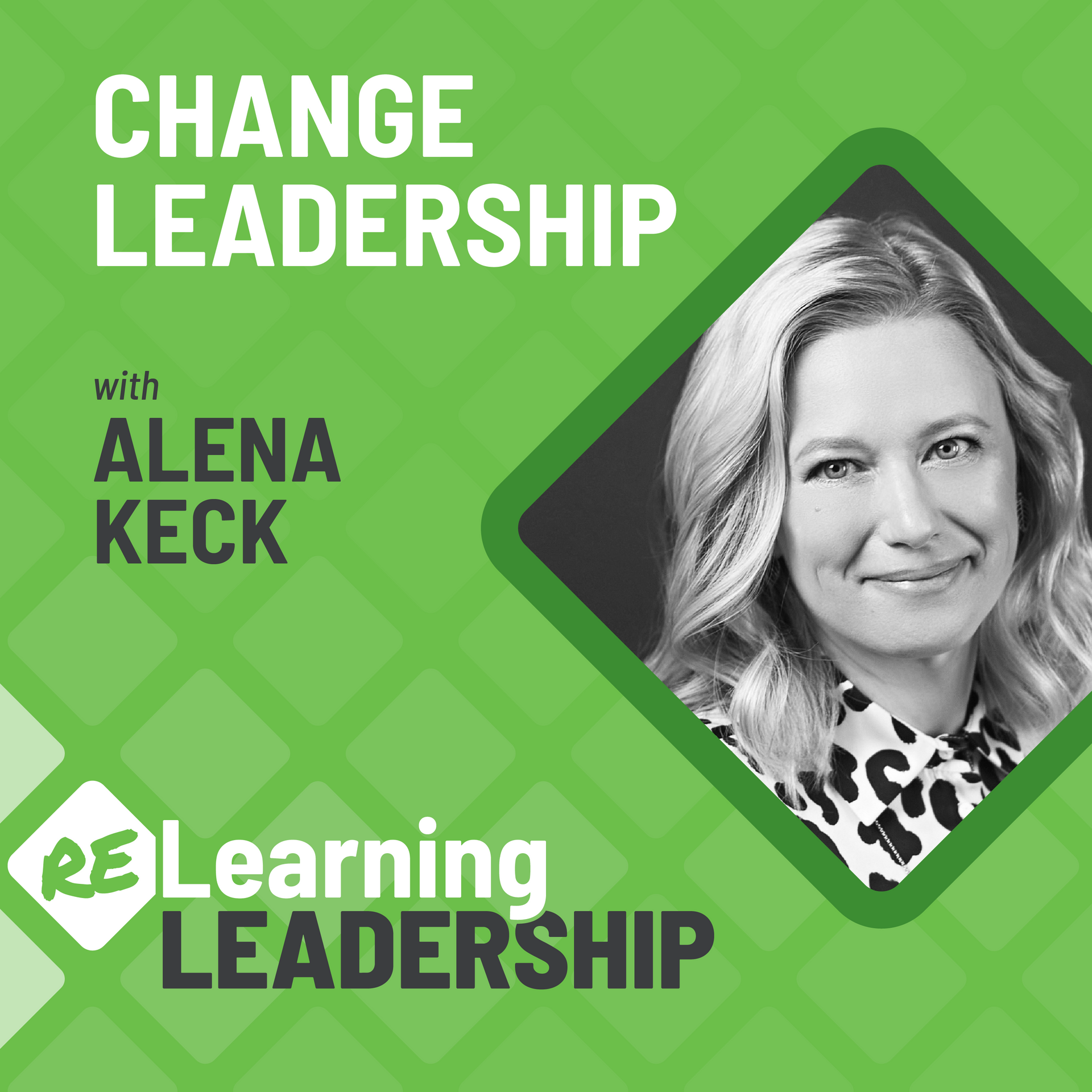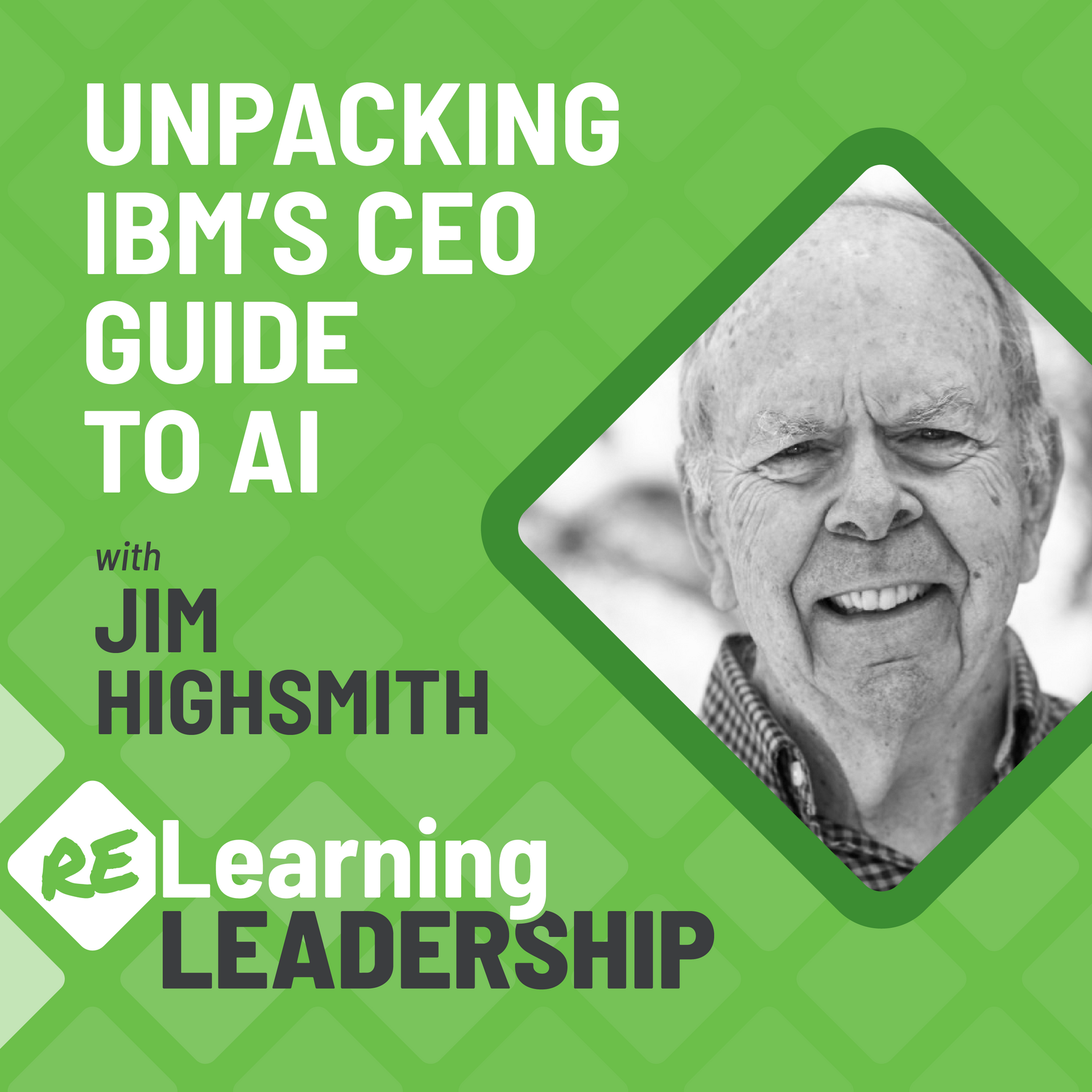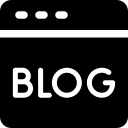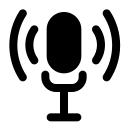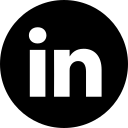60: Into the Fog with Pete Behrens
Welcome to Season 5 of Relearning Leadership
In this special episode of Relearning Leadership, host Pete Behrens shares the story behind his new book, Into the Fog: Leadership Stories from the Edge of Uncertainty.
Through personal reflection and honest storytelling, Pete reveals how uncertainty, community, and courage have shaped his 20-year leadership journey—from losing his corporate role to founding Trail Ridge Consulting and finally, founding Agile Leadership Journey.
Hear how the “fog” became his most enduring metaphor for leadership and why no one makes it through alone.
Pete Behrens, Founder & CEO,
Agile Leadership Journey
Pete Behrens is the host of the Relearning Leadership podcast, author of Into the Fog: Leadership Stories from the Edge of Uncertainty, a sought-after keynote speaker, and Founder/CEO of Agile Leadership Journey. With over three decades of guiding leaders through uncertainty, he has worked with Fortune 500 companies, including Salesforce, GE Healthcare, Google, and the Federal Reserve Bank of New York, impacting 15,000+ leaders worldwide.
Pete's journey from engineer to CEO to coach revealed a fundamental truth: the most complex challenges aren't technical—they're human. This insight shaped both his personal approach and the foundation of Agile Leadership Journey, which transforms organizations by developing leaders equipped to navigate complexity and change.
Relearning from this episode…
Leadership is a team sport.
True growth happens in community—not isolation. Pete shares how his “traveling companions” lifted him through moments of doubt and helped him discover that leadership is as much about connection as it is direction.
Stories connect where frameworks can’t.
After years of teaching models and methods, Pete realized the most powerful learning comes from story. Into the Fog trades formulas for humanity—inviting readers to feel, reflect, and find their own meaning in the messy middle of leadership.
The fog is where we learn to lead.
Uncertainty isn’t a signal to stop; it’s a space to grow. Pete’s journey reminds us that leadership happens between what exists today and what’s needed tomorrow—and that courage, presence, and community light the way forward.
Explore:
Related Episodes
3: The Future Leader
Jasmine Keel, Head Research & Insights at Swiss Re joins Pete to discuss the mindset and behaviors of the future leader. Jasmine and Pete explore what the research says about which leadership traits drive success in today’s global disruptive economy and the emotional and behavioral derailers that limit it.
Recent Episodes

Episode Transcript
Pete Behrens:
Where have I been? Welcome to another episode of Relearning Leadership, where we explore a specific leadership challenge and break it down to help improve your leadership, your organization, and, just possibly, your personal life. I'm Pete Behrens, and today we're going to explore—well, find out, really—what I've been up to. And I'd like to start with a story.
My bold leap from corporate leadership to solo entrepreneurship wasn't entirely my own idea. It was prompted by a single sentence. I was halfway through a much-needed vacation at our family's cabin when the email arrived from my boss: “Come see me when you return from vacation.” Vague and ominous, yet unmistakable. I knew what it meant. I was being let go.
It wasn't personal. In four years, our startup went from zero to 60—from concept to market readiness, from hustling for seed funding to securing $20M in venture capital. We had built something real.
But our investors weren't satisfied with 60; they wanted 90, or possibly 120. We had taken the company this far. Now they felt it was time for someone else to take it the rest of the way.
I was at peace with the decision. I saw it coming and was prepared for when it arrived.
So there I was—a lake breeze in my hair, our boys splashing in the water, registering a new LLC from the dock. Trail Ridge Consulting was born before the layoff paperwork even arrived.
I'd been part of startups before, but this one was different. This time, I was truly solo. No co-founders. No clients. No safety net. Just an idea, a laptop, and a six-month, self-funded runway. Oh, and a wife and two kids who relied on me.
Jana didn't just support my leap; she joined me. She slashed our family budget to the bone. Nights out? Gone. Subscriptions? Paused. Lessons? Cancelled. Matt still jokes that my consulting career ended his shot at being a concert pianist. Sorry, Matt.
My family bootstrapped the business. Not just financially but emotionally as well. It was a whole-family sacrifice. They were my first collaborators; my first traveling companions. They joined me in the Fog.
It's been 20 years since that leap of faith to the consulting world from leadership. 20 years of serving clients and working with leaders. 20 years of trying to make companies just a little bit faster, a little bit better. You know, a little bit more human. But this isn't about that 20-year anniversary. This is about another milestone that's been on my bucket list for about as long. In fact, it's been a project I've started and stopped so many times that it's become a meme in our household and on staff. And a year ago, I paused this podcast to focus my attention on this project one last time. One last time to shape and to complete something that I've struggled with. And I'm proud to say that—mission accomplished.
My debut book, Into the Fog: Leadership Stories from the Edge of Uncertainty, is now published. It's a project that was not easy. In fact, it wasn't even the book that I thought I would write. If you've been to our programs and seen me teach, you'll recognize that I often teach in models and methods. And, you know, my engineering background is, you know, biased towards, you know, formulas and frameworks and things that are tangible and tools and techniques. This is a book of stories.
And it was through this past year as I was writing the book—or the book before the book—using that mode of how I teach. And we got to about halfway through. And I was in February, and I was reading the draft I had created. And much of the book was in place, and, sure, there were stories in the book. And yet, as I read it, I thought, “I'm not inspired. I'm not motivated. I'm not connecting to the learning.” And I thought, “How can a reader possibly do the same?” And so once again, we scrapped the project. Once again, I—the project was at the verge of ending.
Yet, there was a thread that was pulling at me. One story that had connected to me. One way of writing that stood out to me. And it was with that thread that I pulled, and I said, "What is it about this particular story, this particular chapter that makes a difference?" And of course, it was story-based, but it was the energy, the connection, the emotion that the story was built upon. And from that moment forward, I thought, “What would a book look and feel like if it was entirely made up of stories?” The story I just read was the opening to Traveling Companions, just one of the stories in the book Into The Fog. The entire book is a collection of stories of leadership, both my own personal journey and the leaders I've been fortunate enough to meet along that journey. And as I reflected on the stories, I started to realize that when I speak, it's the stories people remember. It's the stories that create the motivation and the energy and the inspiration. It's the stories people remember. So, back to our story, Traveling Companions.
I gave myself six months, but in truth, I only felt I had three. Three months to land a paying client or call it off to look for a more traditional job.
Month one was a whirlwind of branding, blogging, and buying lunch. Lunch was my business model: “Let me buy you lunch for your insights.” Those early conversations with peer consultants, trainers, and entrepreneurial leaders weren't just informational. They were bridges. Each one reaffirmed my choice and opened new doors. They gave me traction, perspective, and hope.
But by week six, the bank balance wasn't the only thing dipping. My confidence, clarity, and sleep—all slipping. I began questioning my decision, as well as my ability. In the quiet times (and there were plenty), I began to wonder why anyone would pay for what I had to offer.
My fatigue was growing along with my anxiety. So, to quell my nerves, I began brushing off the résumé, just in case. Preparing plan B as plan A was faltering.
It was then…in the depth of the Fog, where my traveling companions pulled me through. Jean Tabaka invited me to speak on a conference panel. Neil Harrison partnered with me to offer two free organizational assessments.
At the conference where I spoke on the panel, Mike Cohn vouched for me with a potential client. And from the free assessments, one of the client leaders was intrigued enough to enlist my services.
Just as my runway was ending, I signed not one, but two, paying clients. The Fog hadn't lifted, but I was progressing through it. I'd love to tell you that I never looked back after that, but I'd be lying. It wasn't nearly that easy. For the next three years, I found myself looking over my shoulder…just one client away from failure. But I was never alone.
I'd found my community—communities, in fact. A Venn diagram of intersecting circles—agile, organizational development, project management, and leadership—each with traveling companions sharing ideas and values. And at the center? Me.
I wouldn't be here without you. Leadership is not a solo activity. That's more of an adventure. Leadership's a team sport. And that's what makes it so incredibly challenging and, yet, so rewarding. It takes us to places we've never been before. It’s, you know, that place between what exists today and what's needed tomorrow. You know, once I refocused on the Fog, suddenly the book became clear. An oxymoron, for sure. And, you know, Jana will tell you that the Fog was always the most powerful metaphor. She's mentioned for decades that, you know, this book could be about the Fog.
So, why this book? There are too many books on leadership than, you know, we could count, right? It doesn't make those books wrong. It simply says how incredibly challenging, situational, and complex leadership truly is. You know, my editor for this round, Christopher Ruz, said something to me in the editing process towards the end, as I was getting towards this final version of the book. And he said, "Pete, people don't need books anymore for knowledge. That's free and accessible anywhere in the world today. But what they don't get is you. They don't get your experience. They don't get your voice." And he said, "That's something that only you can produce and you can create." And so, that's what I did. I centered the book not just on my personal stories, but on leaders that I've been fortunate to engage with through my career. There are personal stories and professional ones from every decade of my life. From childhood to early adulthood, to me as an engineer, to me as a leader, to me as coach and trainer.
I wanted, though—and I was very explicit: it's not a memoir. This book is not about me. What I'm hopeful for is that the stories and the lessons come through me in my experiences, the things I've faced. And, you know, one of the things I hear from people is—they say, “Pete, you're able to make complex things seem simple.” I love that! That warms my heart. You know, as an engineer who works on complex systems, you know, I find that that can be a superpower. And what I'm hopeful for is that these stories do the same thing for leadership. They bring complex human dynamics forward in a way that provides meaning and, potentially, learning. But I explicitly tried to avoid this book to teach, right? I hope it connects. I avoided the preach. My dad was a preacher. My hope is that it provides presence. That it shares situations, dilemmas, decisions. And both from success and failure. And that's what I find to be the most valuable, is—learning through these situations what others have faced and how they progressed. So, I want to conclude the story for you.
Community propelled my growth. I started as a member. Then a contributor. Then a leader. I would not be where I am today without community support, not only in my career, but in how I feel about my career. The more I gave, the more it gave back. I offered time, energy, and ideas. It returned something much more valuable—belonging, purpose, and meaning.
Community became my home away from home—the place I felt most welcome, safe, stretched, and supported. Colleagues became co-creators. Co-creators became friends. Companies came and went. Titles changed. Logos faded. But my traveling companions have stayed by my side.
I even created a few communities of my own—personally with friends seeking adventure, professionally with peers seeking a support group, and organizationally to expand our business. They weren't always formal, and they didn't always have staying power. They just required a bit of structure and an invitation—from a passionate person with a purpose.
Decades later, I can trace nearly every business opportunity to a connection. Business is relational. Period.
Leadership can feel lonely, but it doesn't have to be. Through community, we find mirrors—people who reflect us back to ourselves. People who remind us of who we are when we forget. People who challenge us, champion us, and walk beside us. Some of my deepest development didn't come from books or workshops. It came from companions. Colleagues. Clients. Friends.
Some companions walked with us briefly; others for decades. Some we lead; others lead us. But none of us make it through the Fog alone.
So build your circles, tend your relationships, and lean on companions. Because as the landscape changes and the path fades, your traveling companions will help you keep walking. Especially when you feel you can't.
You know, I wrote this book for the senior executive, but not only—I also had in mind the senior citizen and, in fact, seniors in high school. And, to be honest, one of the key reader personas that I had in mind as I was writing was my children and nieces and nephews. I wanted them to experience leadership in a way that was stripped away from all of our technical language or tools or models or frameworks and just to expose the humanity of what leadership looks like at its core. To bring out the essence, not in leader as title or position, but as those who demonstrate the act of leading—we call that leadership, the act of leading—from wherever they stand.
The book is available right now on Amazon in hard-copy format. Yes, we will produce a paperback. We will produce an ebook and, yes, I will be recording an audiobook. But I encourage you to pick up a copy today. Read it, share it, give us some feedback, put a review on Amazon. You know, that's how this world tends to work. I want to hear your thoughts.
And what we're going to be doing with the podcast this season is—starting in the new year, we're going to be bringing you stories behind the stories. I'm incredibly excited to bring forward leaders and colleagues, some of whom are the leaders highlighted or the leaders personified in these stories. Some people I haven't, you know, been with for three decades. Bring them forward—a childhood friend, a peer when I was an engineer. One of my mentor leaders or two. Leaders that I've walked side-by-side with early in my consulting career and later on. Colleagues who have joined me in various situations. So, what we're going to be doing is zooming in on some of the stories. But, no, we're not going to read the stories like I did today. I wanted to do that to share with you a feeling of what the book feels like. And the entire book is stories like that. And I'm hopeful that you will find inspiration. I'm hopeful you'll find some motivation. And I'm hopeful that you will find some opportunity to demonstrate leadership from wherever you stand.
You can learn more about the book at
IntoTheFogBook.com. But I want to say, for now, thank you for listening. Thank you for watching. And thank you for being one of my traveling companions.


